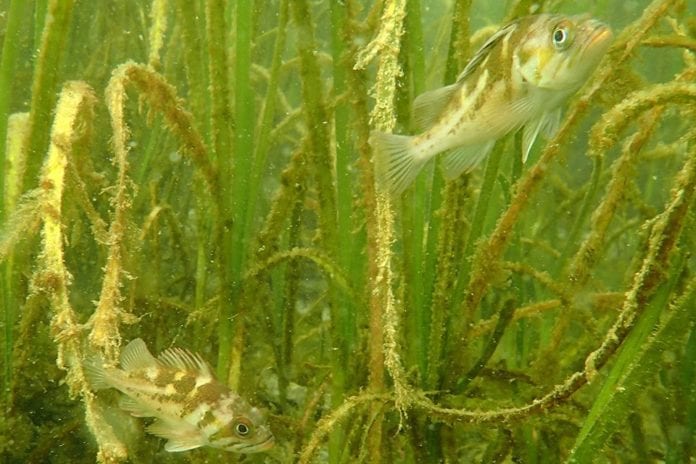A study conducted by researchers at the University of Victoria has confirmed a disturbing truth.
Along Canada’s Pacific Coast, fewer types of fish thrive in areas where there are higher levels of human disturbance of seagrass meadows.
The research team was led by UVic post-doctoral fellow Josie Iacarella and biology professor Julia Baum, and involved studying 89 seagrass meadows including those in Saanich Inlet, Victoria Harbour, and Sooke Harbour.
The findings
“We discovered that the number of different fish species that thrive across disturbed areas is reduced,” says Iacarella. “Understanding how human disturbance affects fish communities will inform our conservation efforts of seagrass meadows.”
A human disturbance includes over-water structures like ferry terminals, shoreline modifications, and the number of people who live in a particular watershed.
Tougher fish species like the threespine stickleback are more popular in areas with higher levels of human disturbance, while sensitive rockfish species and slow-swimming egg-guarders, such as pipefish and gunnel fish stay away from these places.


